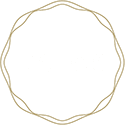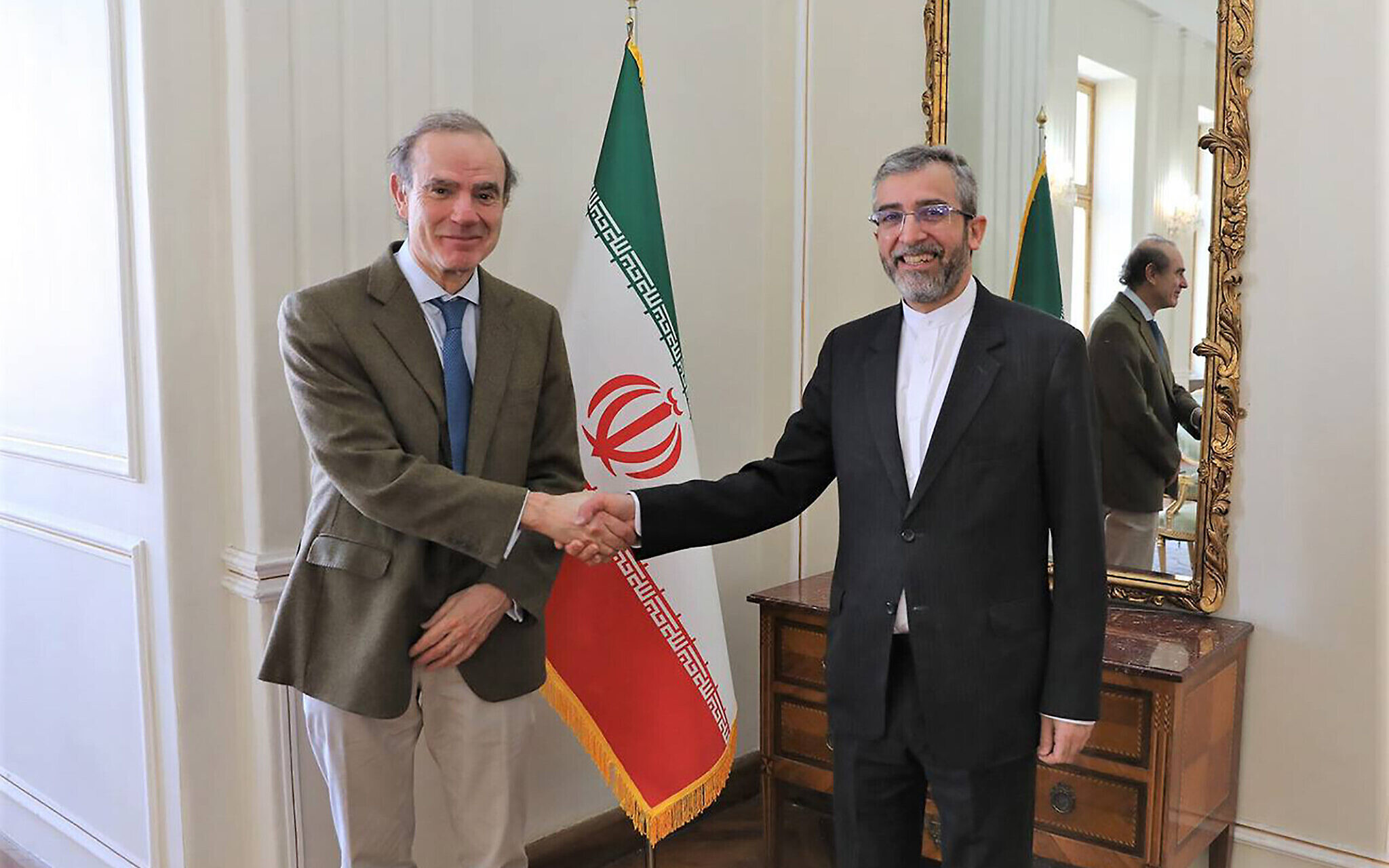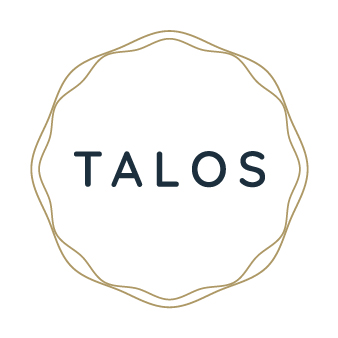Executive Summary
Negotiations between Iran and the US over the Joint Comprehensive Plan of Action (JCPOA) resumed this week on 27 June in Doha, Qatar, and concluded two days later without significant progress. The EU representative Enrique Mora described the talks as “intense” and pledged that work would continue “with even greater urgency” to bring back the deal.
Iranian officials indicated on 30 June a willingness to continue the negotiations with the US in the near future, yet both sides continue to blame each other for failure to break the deadlock. Expectations remain low on both sides given standing disagreements, mainly over the designation of the IRGC as a Foreign Terrorist Organization.
The resumption was precipitated by several steps undertaken by Iran in recent months to ramp up pressure surrounding the nuclear program, including a decision to remove surveillance cameras and accelerate the installation of advanced centrifuges. A potential weapons capability remains years away, but the proliferation risks associated with the advancement remain significant.
On 27 June, Iran and the US resumed indirect negotiations over the Joint Comprehensive Plan of Action (JCPOA) in Doha, Qatar. The talks took place under EU mediation and represent the first tangible effort to restore the agreement since March when negotiations in Vienna stalled. Like previous negotiations, the US delegation under Robert Malley and the Iranian delegation led by Ali Bagheri Kani did not engage directly with one another, with EU Representative Enrique Mora reportedly carrying messages between the two sides.
The initial talks were concluded on 29 June, with no significant progress achieved and with both sides characteristically blaming each other for the lack of progress. Iranian officials cited by state-linked sources said the US failed to provide guarantees that Iran will benefit economically if the agreement is restored. For their part, the US State Department expressed disappointment that Iran “yet again failed to respond positively to the EU’s initiative.” EU representative Mora described the negotiations as intense and said they will “keep working with even greater urgency to bring back on track a key deal for non-proliferation and regional stability.”The next round of negotiations remains unconfirmed, but Iranian officials indicated on 30 June, intent to resume talks under EU mediation. According to Iranian ambassador to the UN, Majid Ravanchi, Tehran will contact the EU for the “next stage of the talks.”
Negotiations preceded by intensified diplomatic efforts and acceleration of nuclear program
The resumption of the negotiations was precipitated by an intensification of diplomatic efforts by the EU. This included a visit to Iran by Joseph Borell, the EU high representative for foreign affairs on 25 June, to discuss the JCPOA with high-level Iranian officials, including Secretary of the Supreme National Security Council Ali Shamkani and other senior officials with considerable influence over Iranian foreign policy. Days before, Borell and Mora met with US representative Malley in Vienna, with both meetings apparently paving the way for the talks in Qatar.
More importantly, the Qatar talks were preceded by several steps undertaken by Iran in recent months to ramp up pressure surrounding the nuclear program. On 9 June, the IAEA confirmed that Iran began removing critical surveillance equipment from several nuclear sites. This included 27 surveillance cameras used by the IAEA to verify and monitor the progress of the program, and on the same day, IAEA Secretary-General Raphael Grossi warned that failure to restore the equipment by early July would constitute a “fatal blow” to the efforts to restore the JCPOA.
Moreover, the Iranian nuclear program continues to accelerate. A leaked report by the IAEA in late May assessed the amount of stockpiled uranium as 18 times the amount allowed under the JCPOA. As a result, the so-called breakout time – the time required to produce sufficient uranium for a single nuclear weapon – has decreased to only ten days according to a worst case estimate. This may be compared with the six-month breakout time stipulated under the JCPOA.
Efforts to enrich weapons-grade uranium have also accelerated. Coinciding with the start of the Qatar talks on 27 June, the Iranian Atomic Energy Organization announced that additional cascades of advanced centrifuges are being installed at the Fordo nuclear research facility. This follows an earlier statement by the International Atomic Energy Agency that Iran was planning the installment of 166 advanced IR-6 centrifuges. According to IAEA estimates, Iran has reportedly enriched uranium up to 60% capacity which is technically speaking a small step away from the 90% threshold required to produce weapons-grade material, but still to a sufficiently high grade to produce a low-quality weapon.
Enhanced uranium enrichment and decreased breakout time should not, however, be equated with the capability to produce a nuclear weapon, let alone establishing a reliable and credible nuclear deterrence capability. Estimates differ but most timelines identify Tehran as being at least one to two years away, should development towards a nuclear weapons capability commence today. That said, Israeli and US intelligence assessments have not identified Iranian intent to produce a weapon.
The risks and challenges posed by recent developments from a non-proliferation standpoint remain significant nonetheless. Although the material gains achieved by Iran are reversible – and will be reversed should the JCPOA be restored – the knowledge obtained by Iran during this time is not. The absence of monitoring and surveillance capacity poses an additional challenge in terms of tracking further progress and assessing potential Iranian intent to develop a nuclear weapons capability in the coming years, thus increasing the sense of urgency to restore the JCPOA.
Expectations for breakthrough low
The resumption of the negotiations is understandably a positive indicator, however expectations for a significant breakthrough remain exceedingly low on both sides. Speaking ahead of the talks this week, US officials cited anonymously by media outlets said expectations in Washington were “very low” while Borell expressed doubts whether the two sides would be able to overcome their “political differences.” Iranian rhetoric remains essentially unchanged, with officials blaming the US for violating the deal and pledging to continue nuclear activities until sanctions are lifted. At the same time, Tehran insists that it ”never left” the negotiating table and retains intent to at least demonstrate that it is willing to pursue negotiations.
The details of the negotiations remain limited but the focal point of the discussions this week, and future talks, are likely to finalize the draft agreement made in March. According to various reports, most technical issues – including steps to be taken by the US to lift sanctions and the corresponding Iranian action to restore compliance – were resolved during the 2021 negotiations. The main area of disagreement however, remains the designation of the Islamic Revolutionary Guard Corps (IRGC) as a Foreign Terrorist Organization (FTO), with Iran conditioning compliance on its removal. For their part, the US, under the directives of President Joe Biden, refused to lift the FTO label unless Iran would meet security-related guarantees that fall outside the scope of the JCPOA.
Any lifting of the designation would also face political opposition in Washington, where a majority of Republican and Democratic members of Congress support keeping the designation, and where a bi-partisan resolution in May supported maintaining sanctions on the IRGC. The President could override such objections by presidential decree yet, political opposition aside, this would potentially undermine Iranian demands for “guarantees” that any agreement will not then be reversed after the next US elections.
Near-term security implications
In the near term, the resumption of the negotiations forms a potential risk escalation indicator as Iranian-aligned groups may opt to exercise pressure through operations against US-linked interests in Iraq and Syria. This would most likely involve a resumption of UAV and rocket attacks targeting sites associated with US/coalition military and diplomatic presence. In a more optimistic scenario, the negotiations contribute to a lull in attacks so as not to jeopardize the discussions. So far, no significant attacks have been recorded in the region since the negotiations resumed, in an initial, positive indicator, but the outlook for near-term incidents should not be discounted, especially as the talks conclude.
Over the medium term, a related potential flashpoint trigger is the upcoming visit by President Biden to Israel and Saudi Arabia on 13-16 July. The visit is expected to focus on regional tensions and US efforts to consolidate US-Israeli/Gulf cooperation against Iran and the JCPOA. This is understandably likely to elicit regional reactions from Iran-linked factions during that time. Statement-type attacks in the lead-up to the visit are also likely and form an enduring consideration over the coming weeks.


